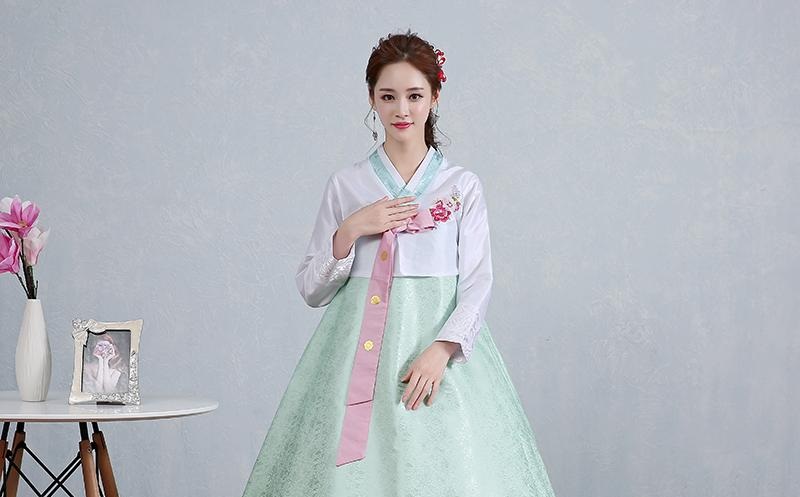Without a doubt, the traditional South Korean hanbok — a timeless garment that dates back well over 1,600 years — is one of the most flattering and beautiful articles of clothing that you could ever wear. Consisting of several layers, the hanbok is made up of first a base layer of undergarments (called sokgot). This helps give body and structure to your hanbok. If you are a man, you may find yourself instead reaching for a pair of voluminous pants, called baji. Ladies, however, often wear a flowing skirt with their women’s hanbok, known as a chima. Finally, a cropped jacket — the jeogori — completes the ensemble.
However, while the shape and the design of the hanbok can reveal a lot about the wearer, that’s not the only identifying feature of this outfit. As a matter of fact, the color of your hanbok can also give away little subtle clues about your personality and your beliefs. In the past, the color of your hanbok not only gave away your social ranking (such as if you were a commoner or you came from royal lineage), it also hinted at your marital status and employment, too.
Red. If red makes you think of love and passion, then guess what — you’re in good company! Red was considered a popular color for wedding hanboks, and it also symbolizes both wealth and good fortune. Men could also be seen wearing a red hanbok, as it’s considered a masculine color, and it also symbolizes strength and energy.
Blue. On the other hand, blue is recognized as being a more feminine color. Women of the courts could often be seen wearing blue. It symbolizes brightness and mental clarity, and is also believed to be the color of new birth.
Black. While this color can be seen on funeral hanboks, that’s not the only purpose of this hue. It also represents creation and timelessness, and many associate it with infinity. This was the preferred color of intellectuals.
Green. Just like blue is considered a feminine color, so is green. Married women were often seen dressed in a green hanbok, as it often suggested that they were youthful, beautiful, and had boundless energy.
Yellow. Vibrant colors were almost exclusive to the royals, and yellow is no exception. This is considered largely to be the color of wealthy royalty. In the same color family is gold, which is the color of the highest ranks in the region: the emperors. However, some unmarried women may occasionally wear yellow hanbok, as it indicated their youth and femininity.
White. White is not as popular as other colors. Historically, it was the color of peasantry, though that wasn’t the only meaning of this color. It also meant modesty and purity. In modern times, more and more women are choosing to wear white hanboks to their weddings.
These days, the color of your hanbok may not carry the same nuance as it once did. You’re free to choose a color based on your personality and fashion preferences, and while it may have been once considered taboo to wear one color, the same associations no longer exist. The only thing that determines what color hanbok you wear, therefore, is knowing that your favorite color is and filling your closet with a wide spectrum of gorgeous traditional South Korean clothing!

